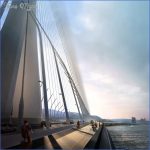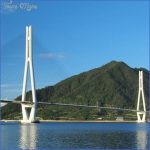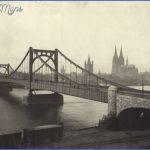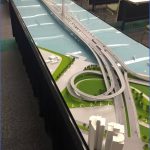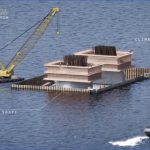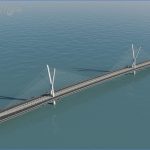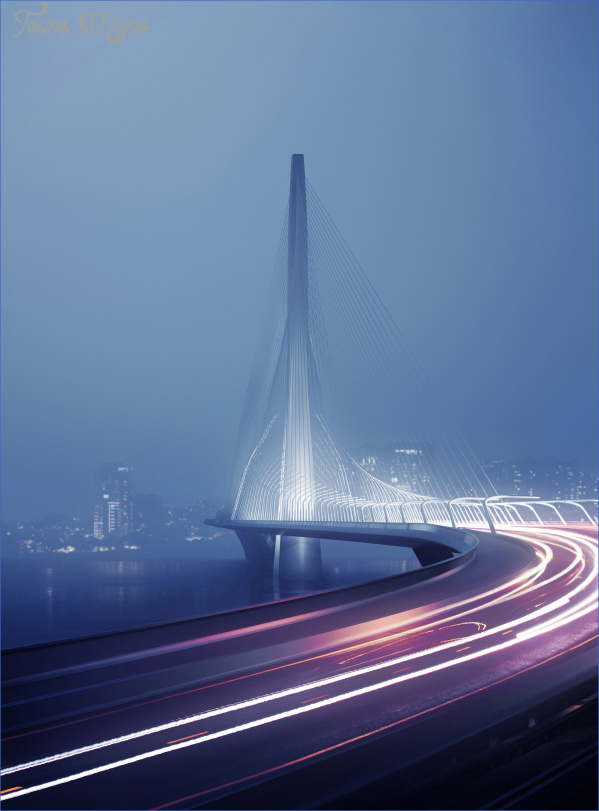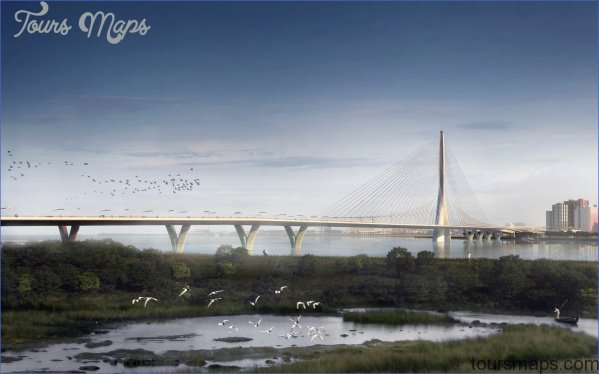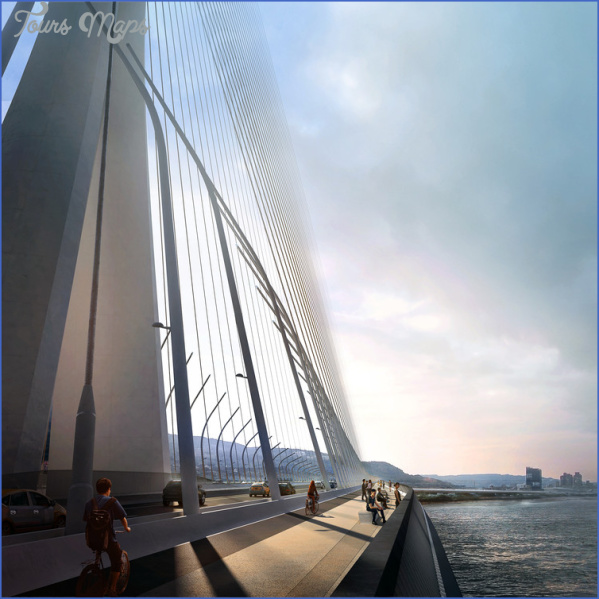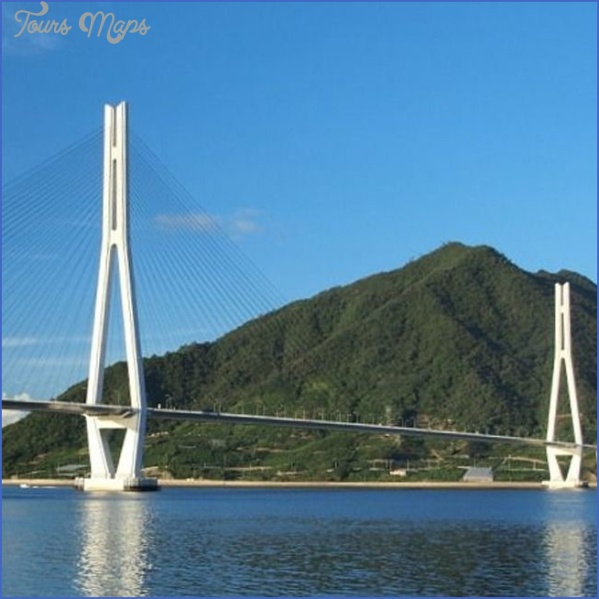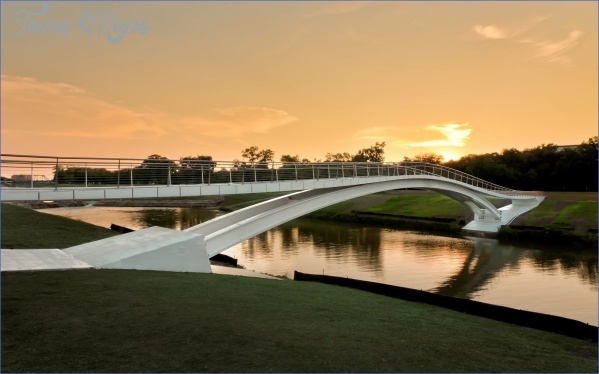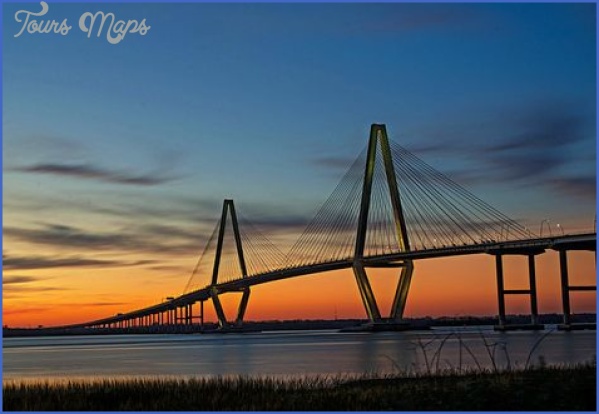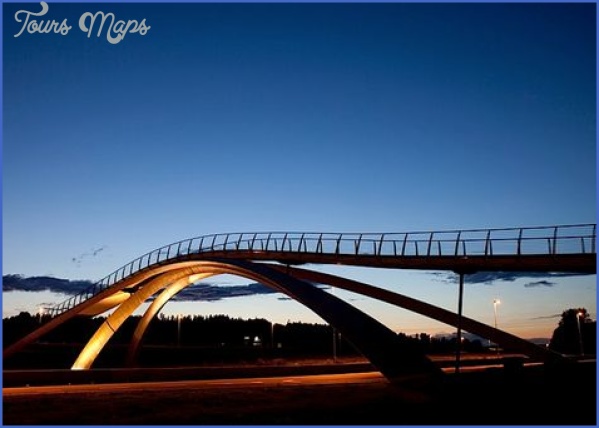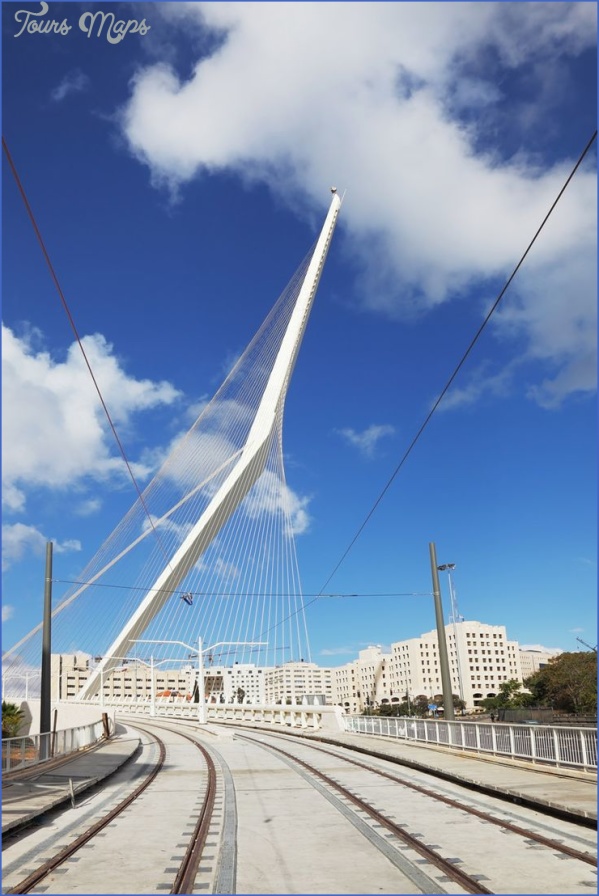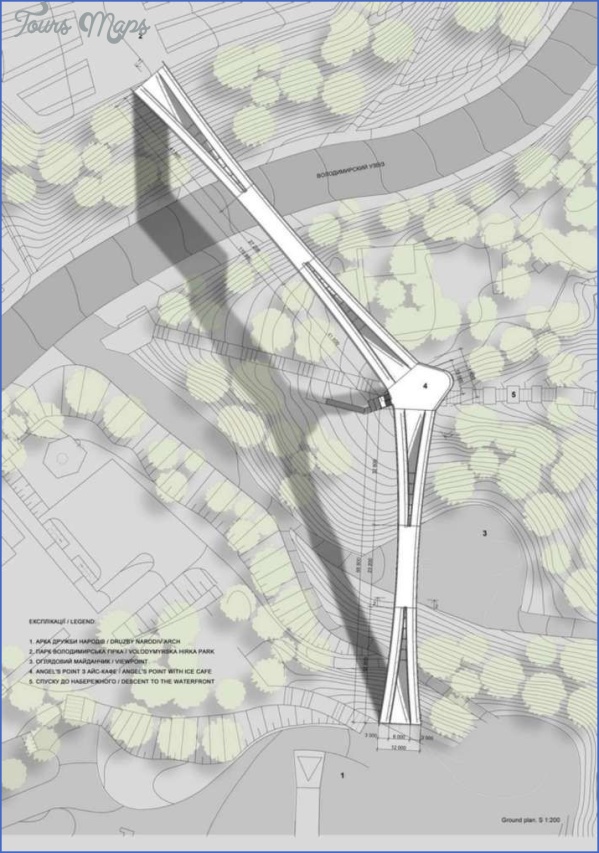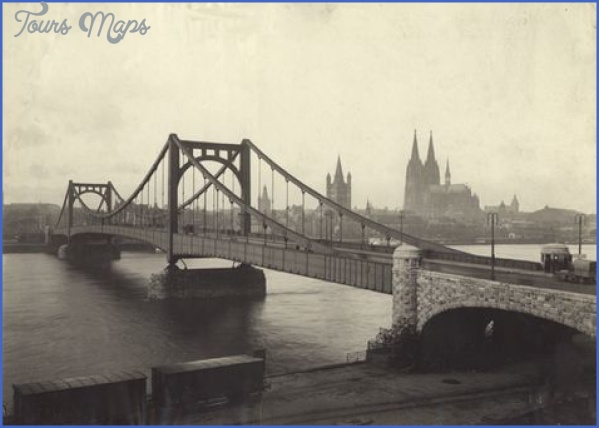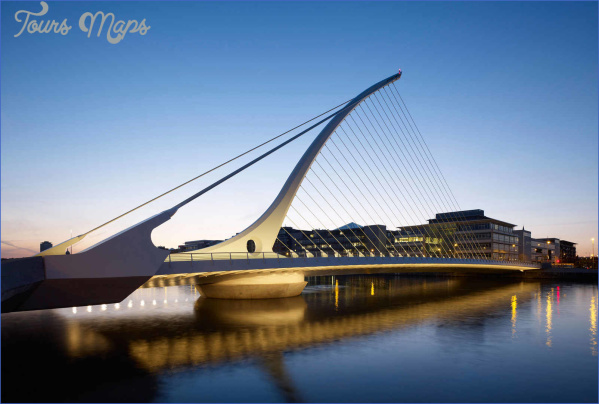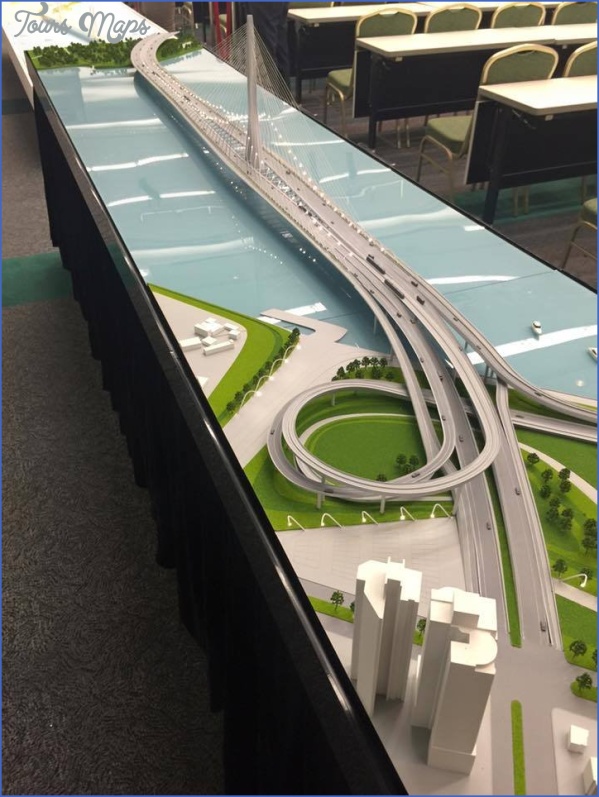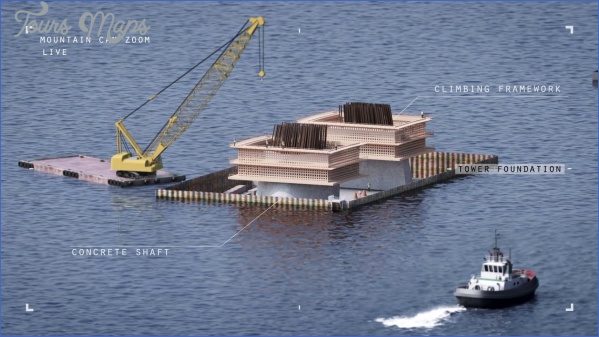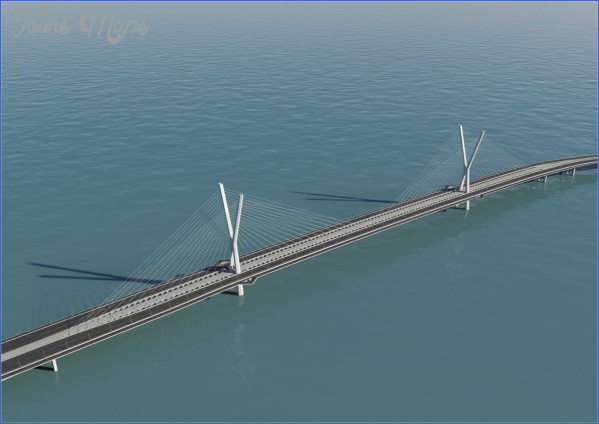DANJIANG BRIDGE MAP
Crossing Tamsui River, Tamsui-Bali, Taiwan Designers/Engineers Zaha Hadid Architects Expected completion c. 2020 Span 1,476 feet (450 meters)
Materials Steel, concrete Type Cable-stayed
Relieving traffic was critical, but not as important as the sunsets.
After nearly two decades of planning that entailed extensive reviews of the environmental, transportation, and tourism needs of communities on the northern tip of Taiwan, the Taiwanese government tendered an international competition to design a new bridge. The structure had to meet many parameters, perhaps the most surprising of which was that it had to preserve the sunset views. Zaha Hadid Architects (ZHA), Leonhardt, Andra & Partner, and Sinotech Engineering Consultants won the bid to design the new landmark bridge in 2015.
DANJIANG BRIDGE MAP Photo Gallery
Located at the mouth of Tamsui River, an estuary that flows through the capital of Taipei, the bridge is critical to northern Taiwan’s infrastructure; planned upgrades also include a new light rail system. The bridge will alleviate local congestion and also will divert traffic on the Guandu Bridge upriver. More generally, it will enhance regional connectivity, especially in the Port of Taipei, a half hour north and the area’s busiest shipping port. Once an important port in its own right, Tamsui today has a substantial population, a thriving commercial life, and, above all, stunning views of the Taiwan Strait. Locals and tourists gather nightly to watch its renowned pink and lavender sunsets, an activity that determined the bridge design. The cable-stayed span was conceived as “a conspicuous landmark against the backdrop of Tamsui’s famous sunset,” as ZHA director Patrik Schumacher posted on Facebook. At the same time, it was imperative that the bridge not obstruct the scenic views. To that end, it incorporates one concrete tower, 574 feet (175 meters) tall, that was engineered to be as slender as possible and was positioned to avoid impeding maritime navigation. The single-mast design also minimizes structural interference in the riverbed, an important consideration given the pressing need to protect the estuarial ecosystem, which had been heavily polluted in the past. At this writing, it is on pace to be the world’s longest single-tower, asymmetrical cable-stayed bridge. Groundbreaking is expected in 2017. The bridge includes a lane dedicated to scooters and pedestrian walkways with benches for gazing at the sunset. The bridge will also accommodate a new light rail system. Spanning the mouth of the Tamsui River, the 3,018-foot (920-meter)-tall landmark bridge will alleviate local and regional traffic jams. Pritzker laureate Zaha Hadid (1950-2016) wore her genius lightly, producing designs with fluid, seemingly impossible geometries that changed how we view both structures and cities. In 2004, she was the first woman to win the Pritzker Prize, architecture’s highest honor, and in 2016, the first woman to be awarded the RIBA Gold Medal, Britain’s top architectural prize. As significant as these awards are for architecture, and for women, they are mere footnotes to the epic dimensions of her imagination. She was like the sun.
Maybe You Like Them Too
- Explore Doncaster, United Kingdom with this detailed map
- Explore Arroyito, Argentina with this Detailed Map
- Explore Belin, Romania with this detailed map
- Explore Almudévar, Spain with this detailed map
- Explore Aguarón, Spain with this detailed map



